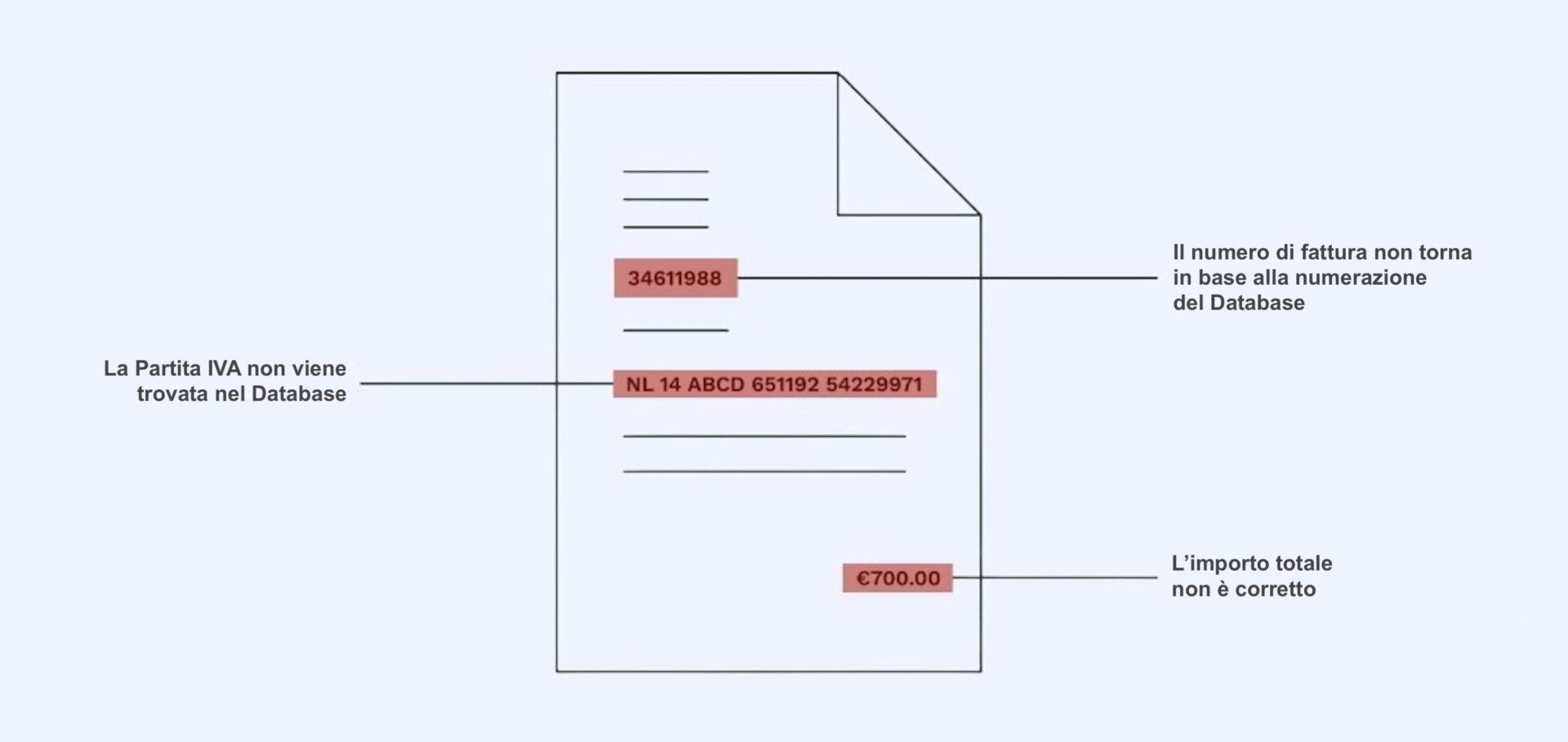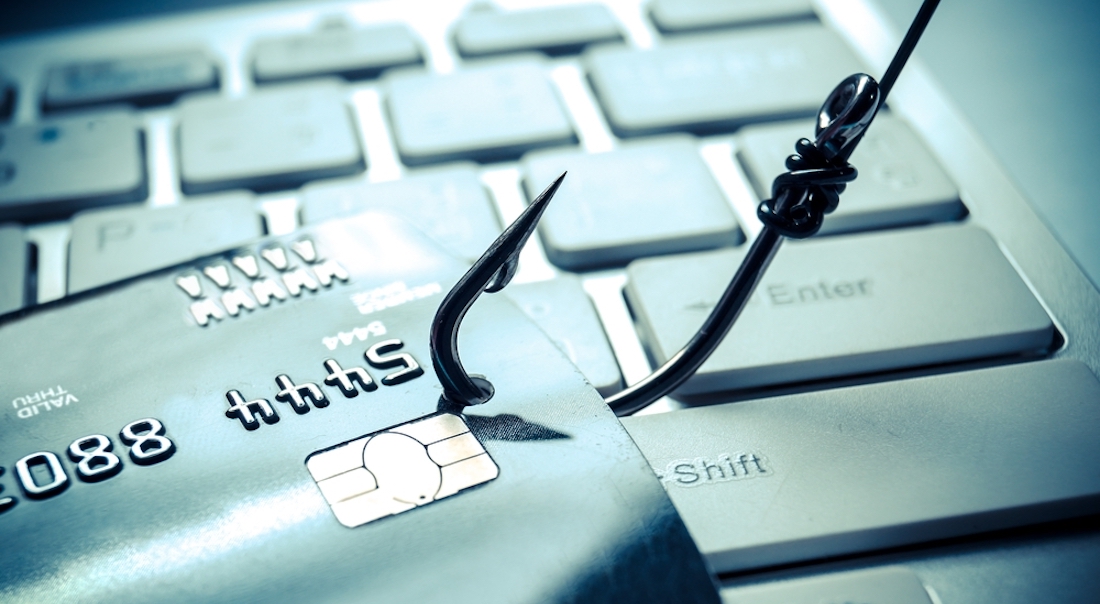How to Identify Fake Invoices with Artificial Intelligence
How to Identify Fake Invoices with Retica’s Artificial Intelligence
Fake invoices are an increasingly common threat to businesses of all sizes. According to a 2022 report by the Association of Certified Fraud Examiners (ACFE), 49% of businesses have experienced at least one incident of invoice fraud in the past five years, with an average loss of approximately $100,000 per incident. This is especially concerning for small and medium-sized businesses, which often lack adequate internal control systems. With invoice fraud on the rise, AI-powered tools like Retica.ai can make a difference in detecting and preventing these incidents.
Why Fake Invoices Are a Problem
Fake invoices are often used by fraudsters to trick companies into paying for goods or services they never received. Fraud can also be internal, committed by employees or suppliers who take advantage of the lack of controls or the high volume of documents that must be handled manually. The consequences can be devastating: financial losses, legal penalties and damage to reputation.
Types of Invoice Fraud
Invoice fraud can take many forms, and knowing what they are is the first step to preventing them. Some of the most common methods include:
- Invoices for services or goods never provided: In this scam, a supplier (or a scammer impersonating one) sends an invoice for goods or services that were never delivered or performed.
- Duplicate invoices: A scammer may send a copy of an invoice that has already been paid, hoping that the company will mistakenly pay it again.
- Altering legitimate invoices: In some cases, scammers obtain a legitimate invoice and alter the details, such as the amount or bank account information, thereby diverting the funds.
- Phantom suppliers: In this scam, an internal employee or an external scammer creates a fake supplier, submitting invoices for nonexistent goods or services, which are then paid to a fraudulent bank account.
Signs of a Fake Invoice

How AI Can Detect Fake Invoices
Key features of Retica in detecting fake invoices:
The Impact of Fraud: Why Prevention is Essential
Benefits of Automation
The rise of invoice fraud is a serious concern for businesses, but tools like Retica.ai offer advanced protection. Through automation and the use of artificial intelligence, Retica can detect fraudulent invoices efficiently and accurately, reducing risk to businesses and ensuring that financial assets are protected.
Ready to get started?
Let us show you how Retica can make your job easier!
Dramatically reduce your document processing and validation time with our AI-powered solution.




